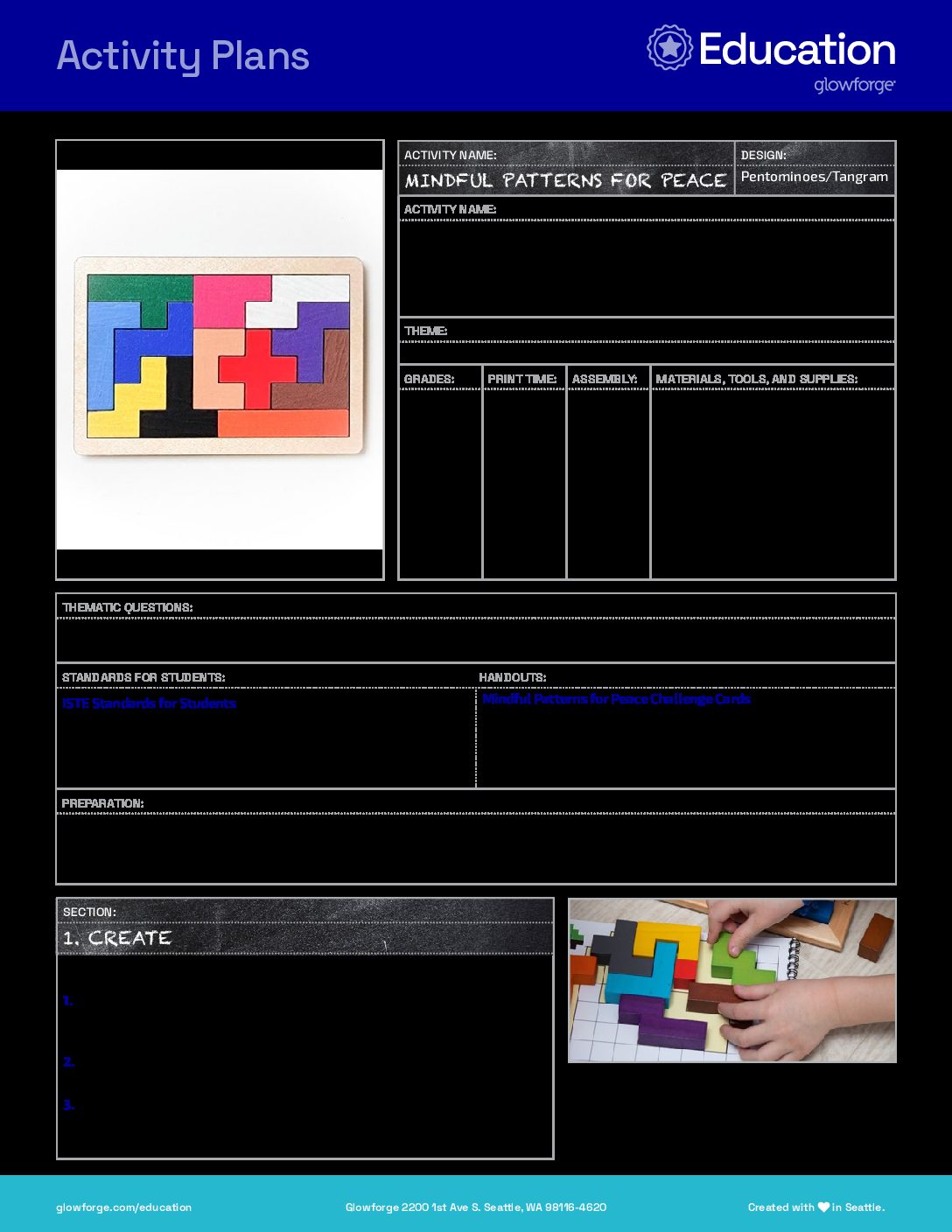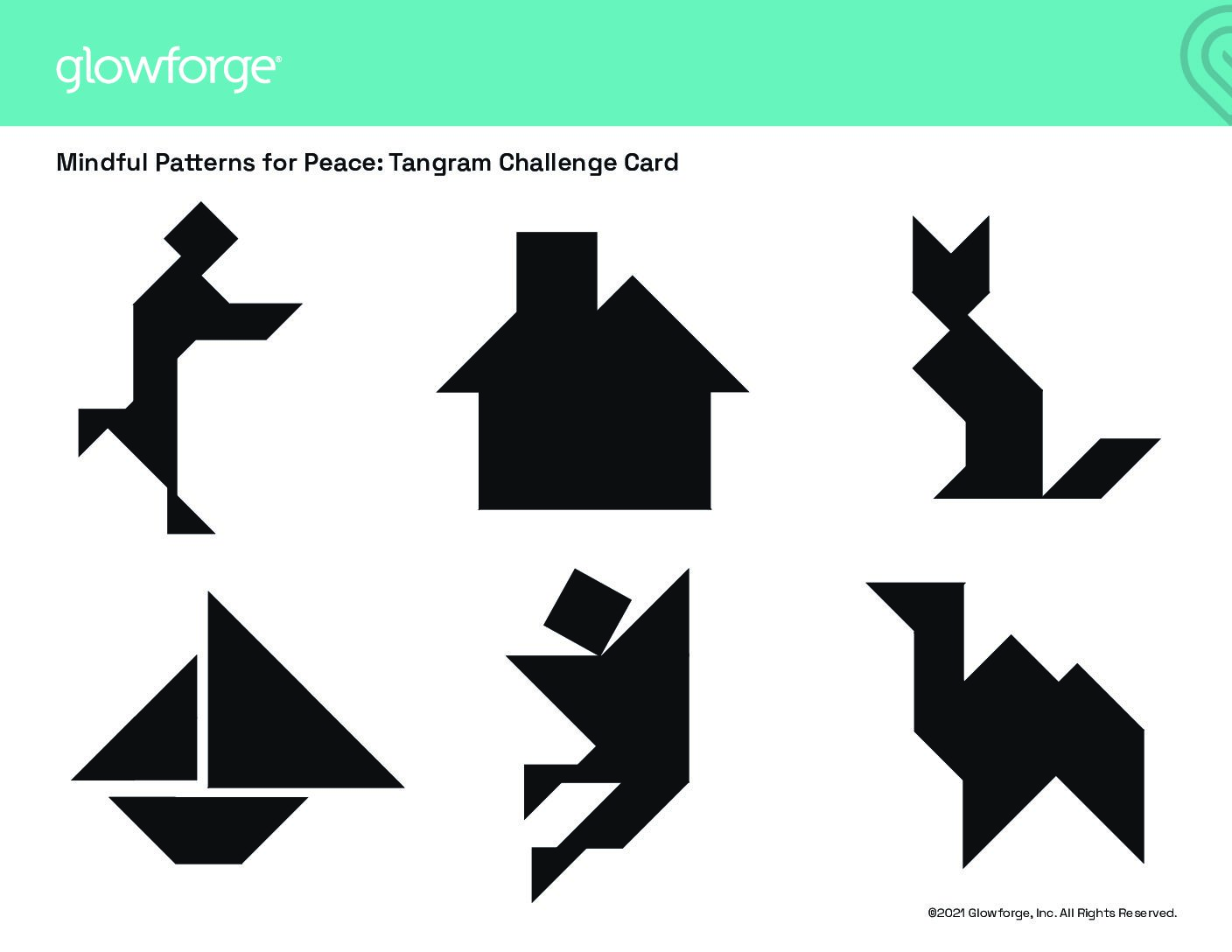
Grade Level
K, 1, 2, 3, 4, 5, 6, 7, 8, 9, 10, 11, and 12
Difficulty
Easy
Duration
30 minutes
Subjects
Art
Fun
Game Design
Health
-
Students communicate clearly and express themselves creatively for a variety of purposes using the platforms, tools, styles, formats and digital media appropriate to their goals.
Vocab
Pentominoes
Tanagram
Emotional Regulation
Self-manage
Emotional Processing
Author
Glowforge
Licensing
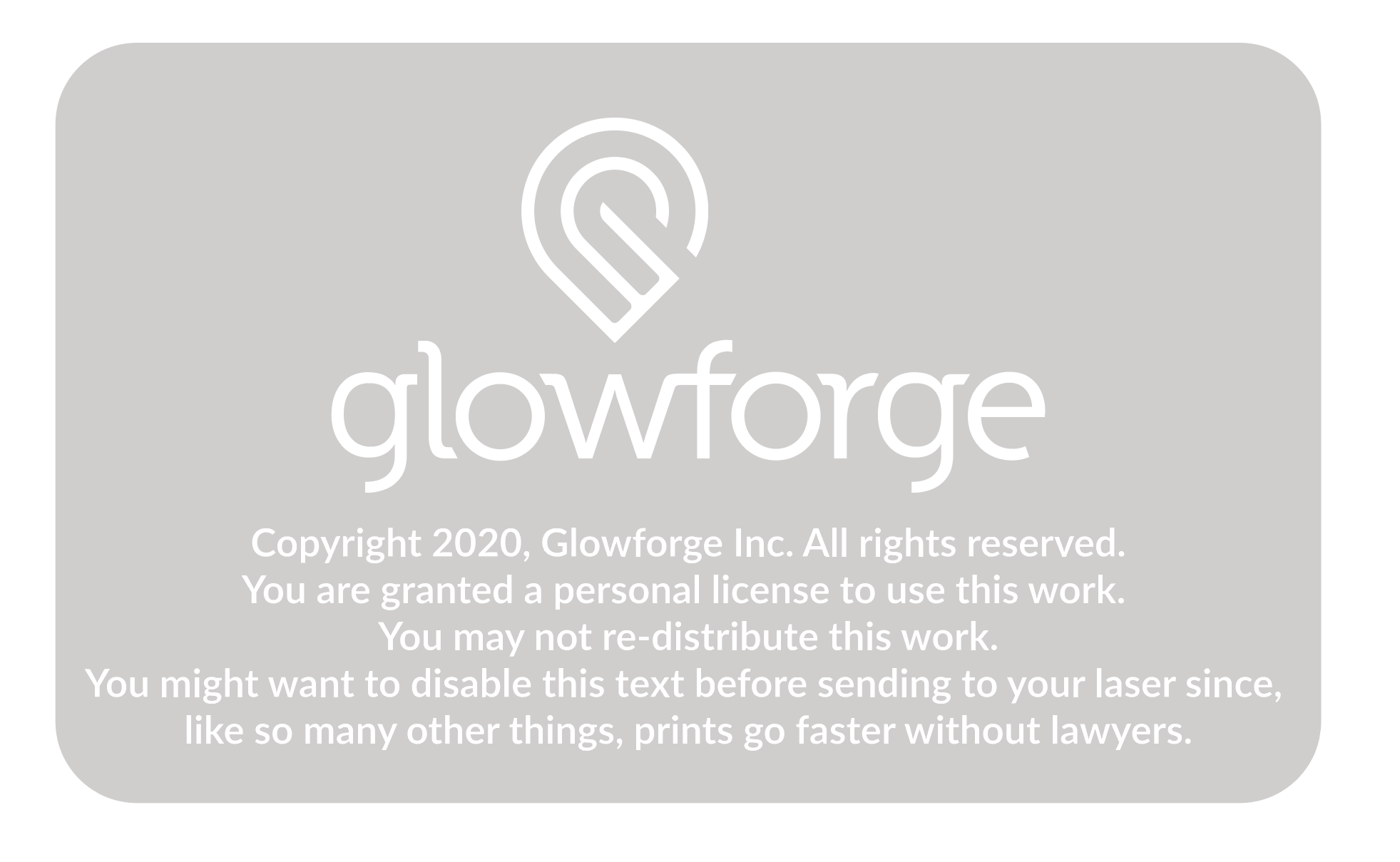
Lesson for Download
Lesson Handout
Overview
In this activity, students will practice self-regulation and self-awareness by printing and assembling their own meditative puzzles. By concentrating on the designs and patterns in the puzzle, students learn compassion, patience, and focus. Have students create as many combinations as possible, or give students patterns to recreate with the puzzle pieces.
Objective
Thematic Questions:
Standards:
ISTE Standards for Students
Supplies
- 1x Medium Maple Plywood
- Alternative: 1x Medium Acrylic multiple colors available
- Alternative: 1x Medium Draftboard for painting
- Wood Glue, or double sided tape
- Optional: Materials to use for drawing (i.e., markers, pens, colored pencils)
- Optional: Materials to customize and texturize puzzle pieces (i.e., self-stick felt, sandpaper, or various textural fabrics, paint, spray adhesive)
Catalog Designs
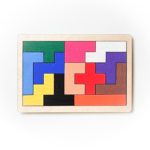
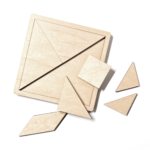
Description
Lesson Outline:
Get Ready:
- Read through the activity details to familiarize yourself with the steps to complete the activity.
- Gather all of the materials needed to print, assemble, and customize the puzzles.
- If you plan to use the Mindful Patterns for Peace Challenge Cards print copies to accompany each puzzle.
- If customizing or texturizing the puzzles, collect these materials as well.
Production Time:
Print – 5 minutes Assemble – 5-10 minutes
Lesson Instructions
Section 1 – Create:
Have students…
- Plan for printing the puzzles by choosing the materials they want to use. Decide if you will provide additional resources and materials like puzzle cards or graph paper to record designs.
- Create their puzzle(s) by following the steps of the Pentominoes or Tangram design project to print and assemble its parts.
- Test their puzzle(s). For example, if they printed and mixed up the colored acrylics, are the required pieces in each puzzle?
Section 2 – Use:
- Teach students about how to practice mindfulness with the puzzles. Explain that self-regulation involves taking a pause between a feeling and an action. The puzzle will give them a chance to take a pause.
- Ask students to think about a problem or stressor that’s been bothering them. Encourage them to notice how they feel when they think about this problem.
- Explain to students how focusing on the puzzle may help them regulate and process their feelings. Explain how focusing on the shapes and colors can help them feel calmer, and better experience the feelings they have when they think about what’s bothering them. Demonstrate how to create patterns using the provided puzzle pieces.
- Provide students with the Mindful Patterns for Peace Challenge Cards to encourage them to explore the possibilities of the puzzles.
- After students have had time to refocus their energy, ask them to consider their feelings with questions like, “Are you feeling calmer or more in control of your emotions?” and “Did mindful pattern-making help you regulate your feelings?”
- Acknowledge and praise students’ ability to effectively redirect their energies, cool down, and self-manage.
- Decide with students how they will access these puzzles when they need them and where they will be stored.
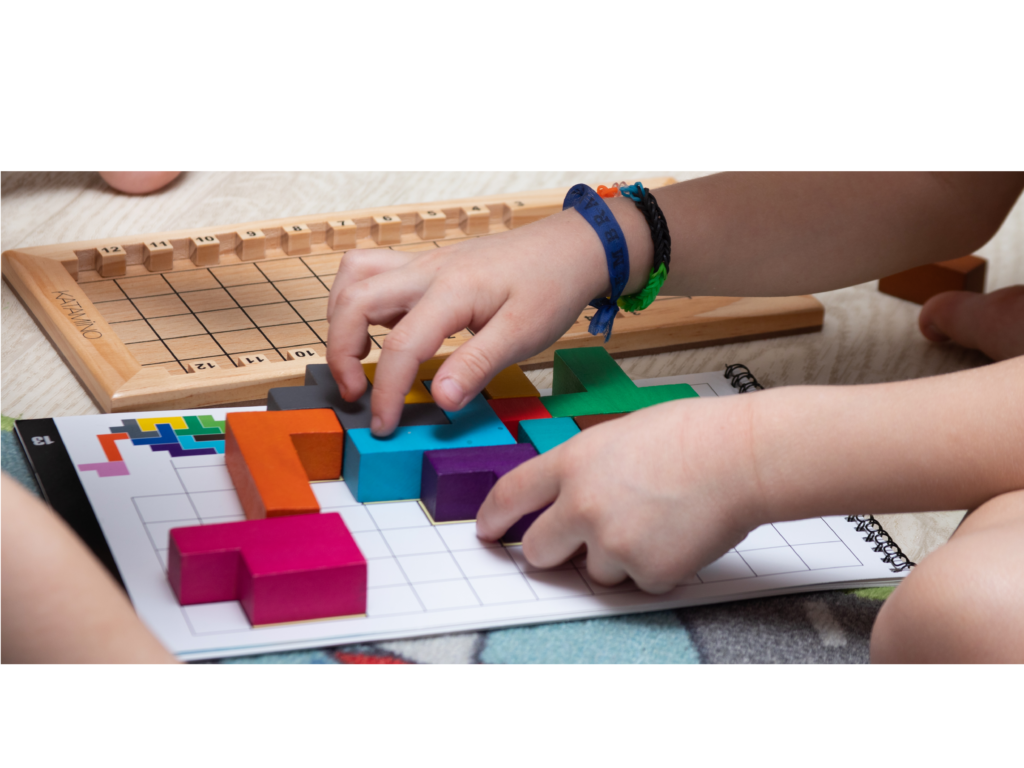
Reflection Questions:
Help students consider…
- How did you feel while doing this activity?
- In what ways did your feelings change while you were using the puzzles?
- Did you prefer to create a free-flow design or match patterns on the puzzle card?
Pro Tips:
- Experiment with materials! Print puzzles in various color acrylics so you can mix and match the sets for more colorful puzzles. Paint the draftboard pieces to make them pop! Reuse cardboard from around the classroom! If you want a variety of materials in your puzzles, you can print a full puzzle from different materials, then mix and match the pieces after printing.
- If creating prototypes prior to doing final prints, use cardboard for test prints.
- Just remember that if their design uses joinery such as slots or finger joints, these may need to be adjusted to suit their prototyping materials.
- When choosing test materials, make sure to use materials that are laser compatible. You can learn more about what materials are compatible with Glowforge here.
- Textured surfaces can add an additional sensory level to help alleviate anxiety and promote calm. Consider the print material options to add a layer of textural or visual sensibility to the activity. Experiment with different materials that you can add to the printed pieces. Rough up the pieces with sandpaper, add self-stick felt, or use spray adhesive to affix different grade sandpapers or textural fabrics to the pieces.
- The beauty of a Glowforge is the ability to customize your designs. Have students personalize their puzzle in the Glowforge app before printing using the Trace Tool or importing images or icons into the design!
Reimagine:
- How can these pattern puzzles be incorporated into a math lesson? Use student-created pentominoes to learn about symmetry, reflection, rotation, area, and perimeter. Use translucent acrylic pentominoes on top of a 100s chart to explore patterns in equations.
- How can these pattern puzzles be used in the art classroom to inspire design? Challenge students to create recognizable items from the pieces. Using the puzzle cards, recreate a shape, then make a drawing of it using various mediums.
- How can these pattern puzzles be used for practicing handwriting, spatial awareness, visual perception, or fine motor skills? Use two different shapes to discuss what makes the shapes similar and different. Have students recall a pattern made using the tangrams and replicate it in a drawing. Set tangrams out and have students copy the shapes to recreate the form using pencil and paper.
Meet Glowforge
The magical 3D laser printer that made this lesson possible. Learn more!

